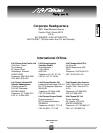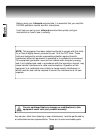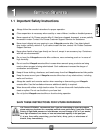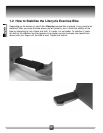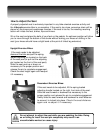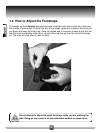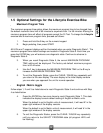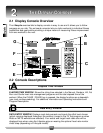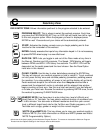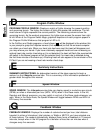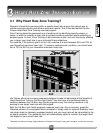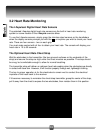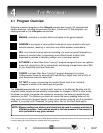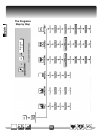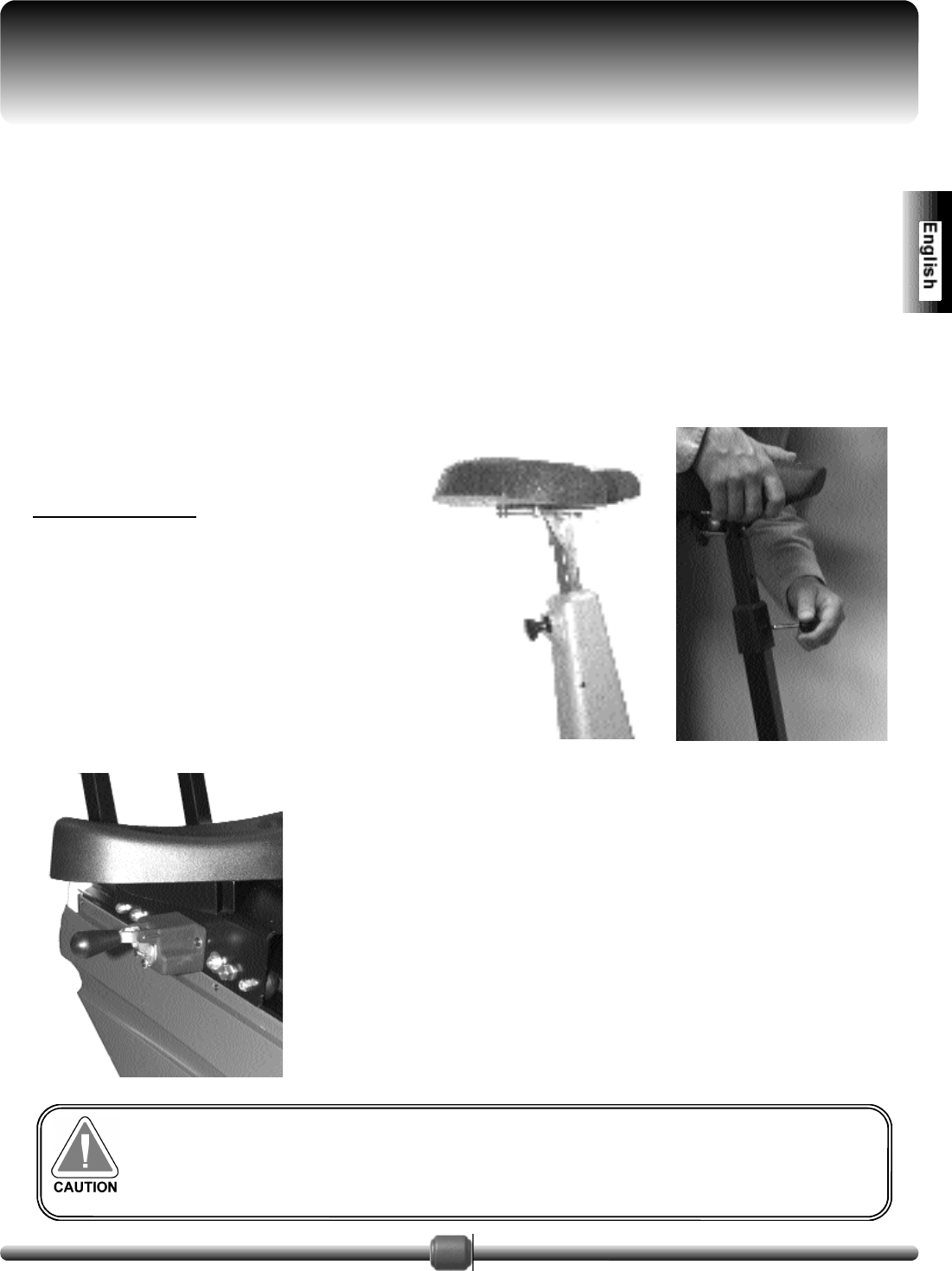
7
Do not attempt to adjust the seat while you are pedaling the bike. Doing
so or failing to insert the seat pin completely may result in an
uncomfortable workout or cause injury.
How to Adjust the Seat
A properly adjusted seat is extremely important in any bike-oriented exercise activity and
the Lifecycle exercise bike is no exception. If the seat is too close, excessive strain will be
placed on the knees and quadriceps muscles; if the seat is too far, the resulting reaching
action will irritate the feet, ankles, hips and knees.
Sit on the seat and place the balls of your feet on the pedals. An optimum position will allow
you to move through the bottom of the stroke without locking your knees or shifting in the
seat (your knees should have a slight bend at the point of fullest leg extension).
Upright Exercise Bikes:
If the seat needs to be adjusted,
dismount the bike and pull the spring-
loaded adjusting pin located on the back
of the seat post (or pull out the adjusting
pin located on the front of the seat post).
Slide the seat post up or down as
necessary to the proper position and
release the pin to complete engagement.
Check the seat height again and readjust
it if necessary.
Recumbent Exercise Bikes:
If the seat needs to be adjusted, lift the spring-loaded
adjusting handle located on the right, front side of the seat.
Slide the seat forward or backward as necessary to the
proper position and release the pin to complete engagement.
Gently slide the seat forward and backward a small distance
to ensure it is locked into place. Check the seat distance
again and re-adjust it if necessary.



